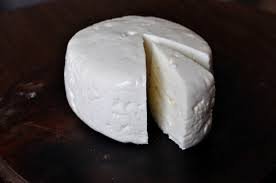How to Make Paneer at Home: A Comprehensive Guide and Health Benefits
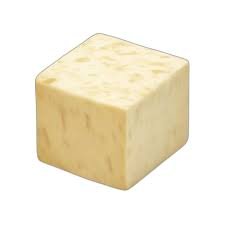
Introduction
Paneer, a quintessential ingredient in Indian cuisine, is beloved for its versatility and rich, creamy texture. This fresh, unaged cheese is easy to make at home and comes with a host of health benefits. In this comprehensive guide, we will walk you through the process of making paneer and explore its numerous advantages for your health.
What is Paneer?
Paneer, often referred to as Indian cottage cheese, is a soft, non-melting cheese that holds its shape well, making it ideal for various culinary uses. Unlike most cheeses, paneer is not aged and doesn’t melt when cooked, making it a staple in many savory dishes.
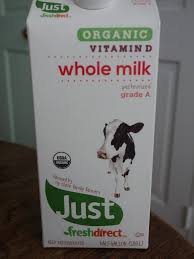
Which milk makes the best paneer?
Whole milk, preferably organic, makes the best paneer. It provides a rich and creamy texture essential for high-quality paneer. The higher fat content in whole milk ensures the curds are firm and flavorful. Avoid skim or low-fat milk, as they yield less curd and a less satisfying texture.
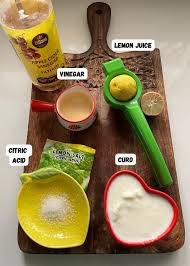
Ingredients Needed to Make Paneer
1 liter of whole milk (preferably organic for better taste and texture)
2-3 tablespoons of lemon juice or white vinegar
Cheesecloth or a muslin cloth
Strainer
Heavy object for pressing (such as a pot or a plate with a weight)
Step-by-Step Guide to Making Paneer
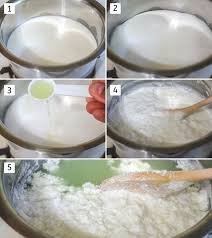
1. Boil the Milk
Begin by adding the milk to a sturdy, heavy-bottomed pot. the milk over medium flame, stirring occasionally to prevent it from scorching. Heat the milk until it reaches a gentle boil.
2. Add the Acid
Once the milk reaches a rolling boil, reduce the heat to low. Gradually add the lemon juice or vinegar, one tablespoon at a time, while gently stirring the milk. You will notice the milk beginning to curdle as the curds (solid part) separate from the whey (liquid part).
3. Let it Rest
Turn off the heat and let the curdled milk sit for about 5-10 minutes. This resting period helps the curds to firm up, making it easier to strain.
4. Strain the Curds
Place a cheesecloth or muslin cloth over a strainer and position it over a large bowl. Carefully pour the curdled milk into the strainer. The whey will drain out, leaving the curds in the cloth. If you prefer, you can save the whey to use in soups or as a nutrient-rich addition to other recipes.
5. Rinse the Curds
To remove any residual acidity from the lemon juice or vinegar, rinse the curds under cold running water. Gather the edges of the cloth and twist them to squeeze out as much liquid as possible.
6. Press the Paneer
Tie the cloth into a bundle and place it on a flat surface. Set a heavy object, such as a pot filled with water, on top of the bundle to press the paneer. This step helps to expel additional whey and shape the paneer into a firm block. Leave it to press for about 1-2 hours.
7. Cut and Store
After pressing, unwrap the paneer and cut it into cubes or any desired shape. Your fresh paneer is now prepared and ready for various dishes. Keep it in an airtight container in the refrigerator, where it will stay good for up to a week.
Culinary Uses of Paneer
Paneer is incredibly versatile and can be used in a wide array of dishes. Here are a few popular ways to incorporate paneer into your meals:
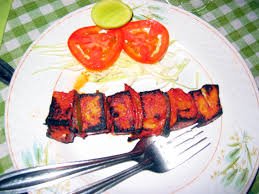
1. Paneer Tikka
Marinate paneer cubes in a blend of yogurt and spices, then grill or bake them until golden brown. This meal is both wholesome and delicious.

2. Palak Paneer
Cook paneer cubes in a creamy spinach sauce seasoned with garlic, ginger, and spices. This dish offers a perfect blend of nutrition and taste.
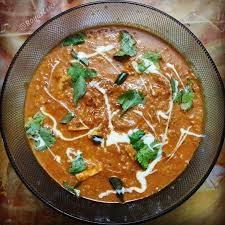
3. Paneer Butter Masala
Paneer cubes simmered in a rich, tomato-based gravy with butter and cream make for a delightful and indulgent main course.
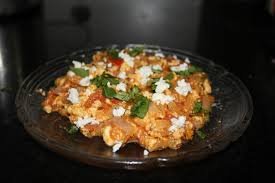
4. Paneer Bhurji
Crumbled paneer sautéed with onions, tomatoes, and spices makes for a quick and tasty breakfast or snack.
Health Benefits of Paneer

1. High in Protein
Paneer is a fantastic source of protein, crucial for muscle development and repair. 100-gram serving of paneer provides approximately 18 grams of protein, making it a great option for vegetarians.
2. Rich in Calcium
.Calcium plays a crucial role in keeping bones and teeth robust and healthy. Paneer is rich in calcium, helping to prevent osteoporosis and ensuring proper bone development, especially in children and older adults.
3. Supports Weight Management
Paneer is high in protein and low in carbohydrates, which helps you stay satiated for extended periods. This can reduce overall calorie intake and support weight management.
4. Good for Heart Health
Paneer contains healthy fats, including monounsaturated and polyunsaturated fats, which can help reduce bad cholesterol levels and lower the risk of heart disease.
5. Boosts Immune System
Paneer is a good source of essential nutrients like zinc, magnesium, and selenium, which play a crucial role in boosting the immune system. Regular consumption of paneer can help the body fight off infections and illnesses more effectively.
6. Enhances Digestive Health
Paneer is easy to digest and can aid in the smooth functioning of the digestive system. It contains good amounts of phosphorus and magnesium, which help maintain digestive health.
7. Aids in Diabetes Management
The low carbohydrate and high protein content of paneer make it an ideal food for managing blood sugar levels. It helps in maintaining steady glucose levels, which is beneficial for people with diabetes.
Conclusion
Making paneer at home is a simple and rewarding process that yields a fresh, nutritious ingredient for your culinary creations. Its numerous health benefits, including being a rich source of protein, calcium, and essential nutrients, make it a valuable addition to any diet. By incorporating paneer into your meals, you can enjoy its delicious taste while reaping its nutritional advantages. Whether you’re looking to build muscle, strengthen bones, or boost your immune system, paneer is an excellent choice for a balanced and healthy diet.

